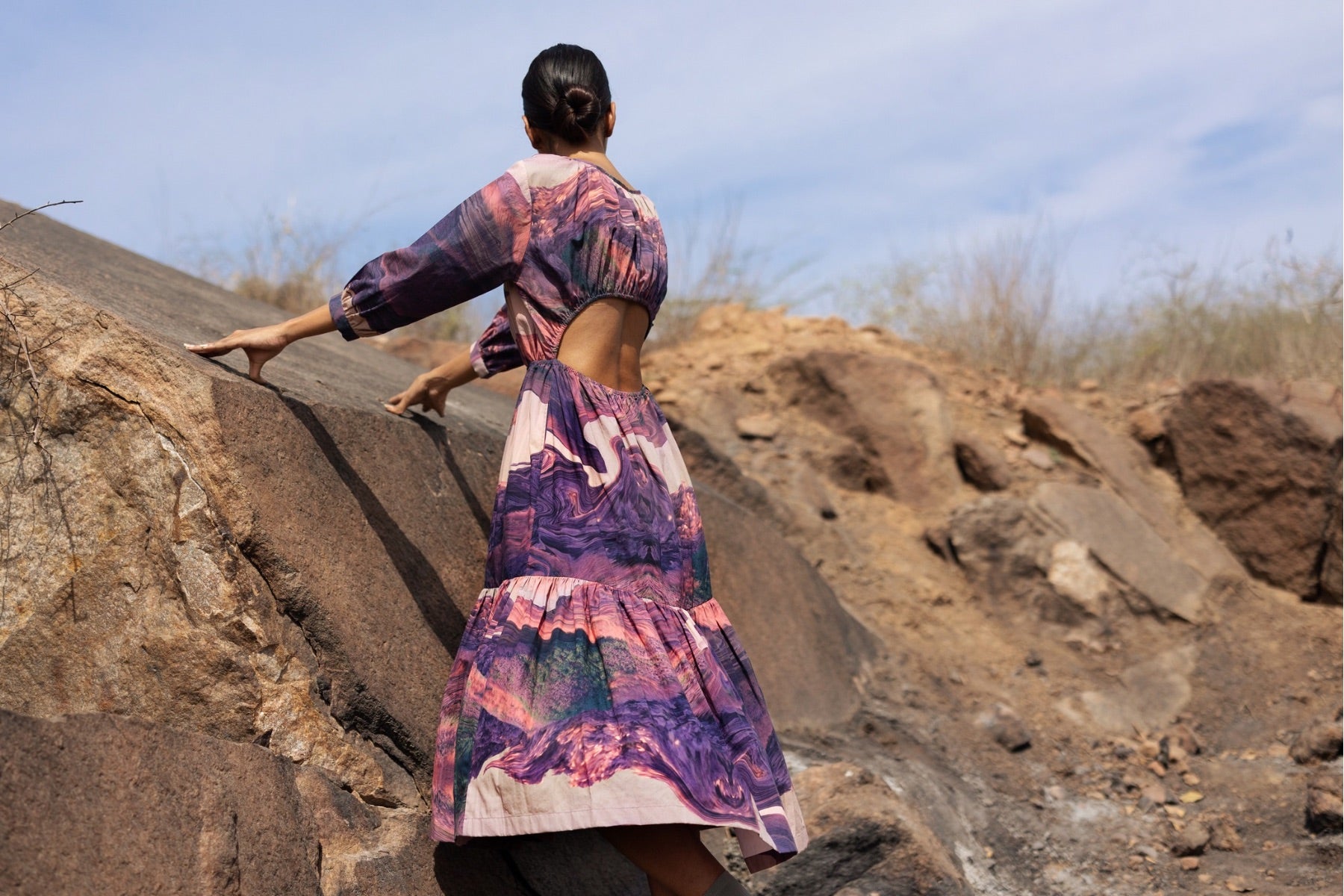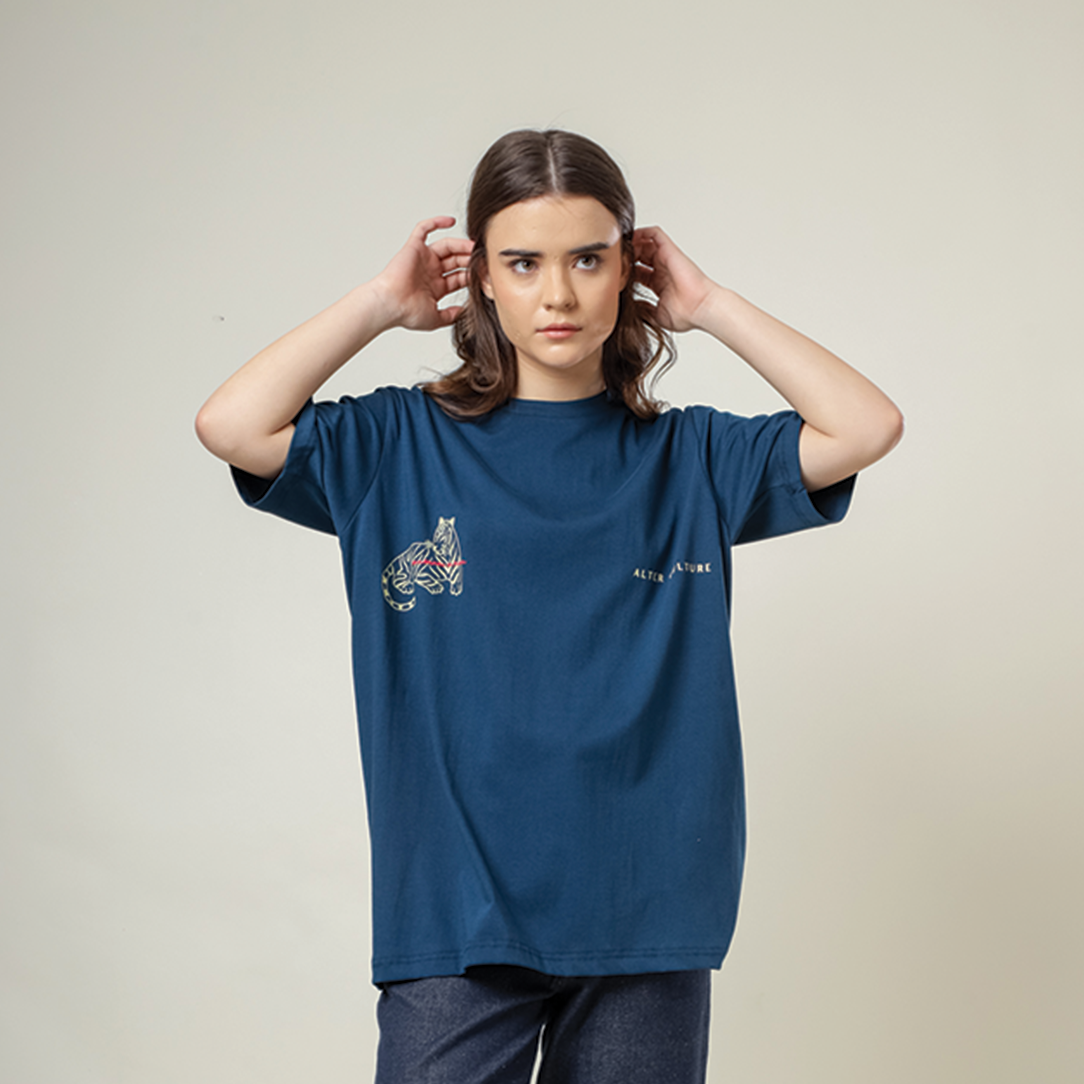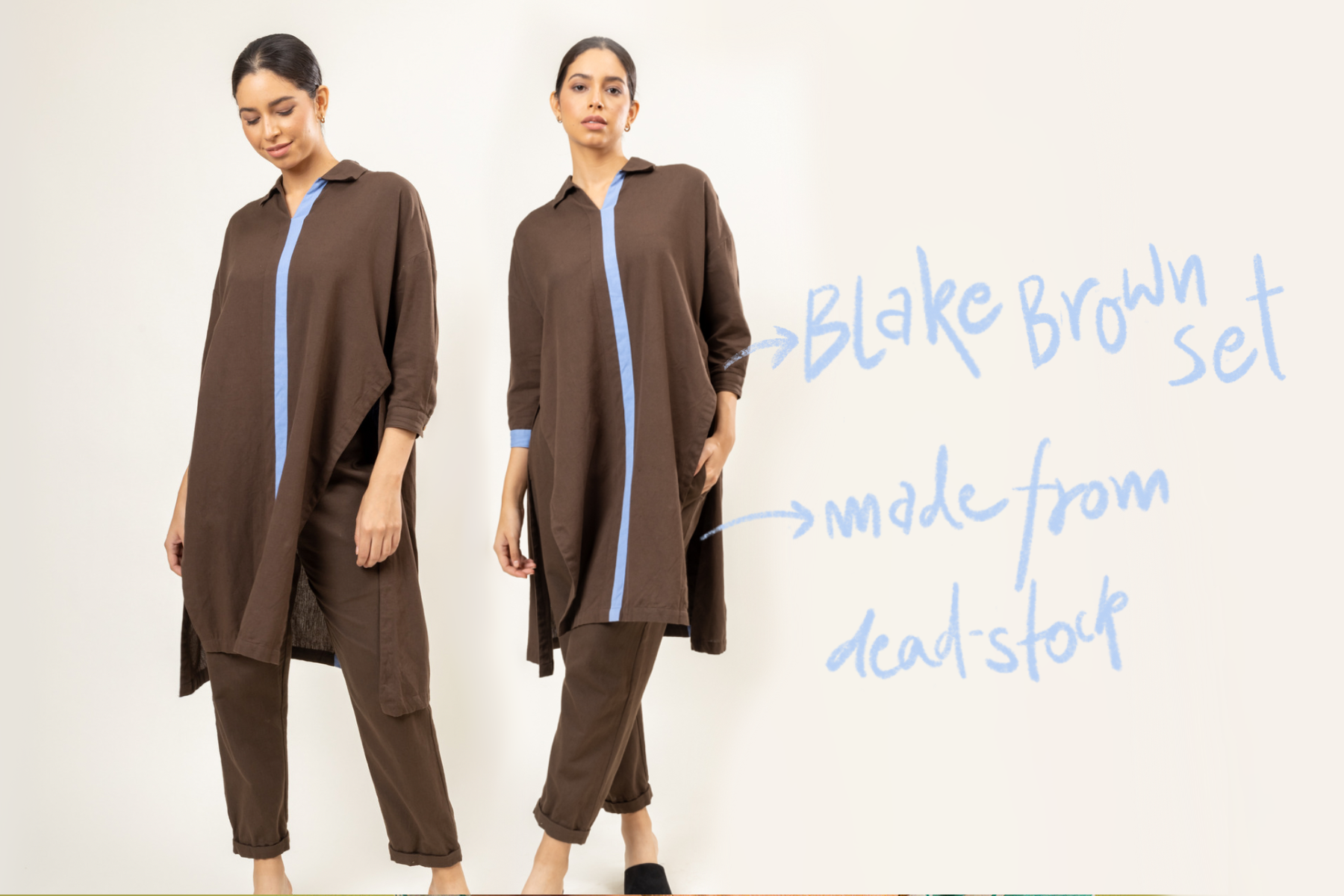
Sustainable Fashion for Different Seasons: A Stylish and Eco-Friendly Approach
The fashion industry's growing emphasis on sustainability reflects a broader global concern for environmental well-being. This movement isn't a passing trend, rather, it's a consistent and progressive effort to make clothing choices that align with ethical and eco-conscious values. In this blog we will delve into the multifaceted realm of sustainable fashion, demonstrating how individuals can incorporate environmentally friendly practices into their wardrobe choices across all seasons, without sacrificing style or social responsibility. By showcasing various options, this blog aims to empower readers to make informed decisions about their clothing consumption, fostering a more sustainable and conscientious approach to fashion throughout the entire year.
Each season offers an opportunity to align your fashion choices with sustainability principles. Here's a more elaborate breakdown of the sustainable fashion options for each season:
Blooms and Biodegradables - Embrace Spring Styles
During spring, as the world comes back to life, opt for sustainable fashion choices that reflect renewal and growth. Prioritize versatile pieces like our co ord sets that can be layered, considering the unpredictable weather of the season. Look for recycled or upcycled fabrics made from natural materials which are comfortable to wear and are biodegradable. Embrace the spirit of the season by choosing pastel and vibrant colors. Investing in timeless pieces allows you to create various outfits from a few items.
Breezy Bliss - Ethically Stylish Summer Staples
Summer's heat calls for breathable and lightweight clothing. Opt for materials such as upcycled cotton, cotton slub, linen, modal . A minimalist wardrobe with high-quality pieces reduces environmental impact. Our Loose-fitting styles help you stay cool and comfortable. Another reason to opt for sustainable women's clothing is that we prioritize ethical and environmentally friendly production, including no to less water usage, and other methods that contribute to a more sustainable fashion industry.
Cozying Up Consciously - Ensembles for Autumn's Arrival
Embrace the joy of the season while making eco-conscious choices with our thoughtfully crafted ethical sustainable women's clothing. Our festive dresses, designed with sustainability in mind, boast elegant designs and eco-friendly materials that not only make you look stunning but also contribute to a greener planet. Layer up with our sustainable outerwear, perfect for staying cozy while enjoying the festivities.
Invest in key pieces like a versatile coat or a warm sweater made from natural fibers such as wool. Vintage and second-hand shopping is an excellent way to find unique, sustainable items that contribute to reducing waste. Embrace earthy tones and classic designs that can remain stylish for years to come.
Ethical Elegance Against the Winter Chill
Winter's chill provides an opportunity to focus on quality and ethical fashion choices. Invest in our well-made, ethically produced, recycled, upcycled, winter quilted jackets that will provide you warmth and style for years. Natural materials like wool and cashmere are also an excellent option. Make sure to look for certifications like Fair Trade and GOTS (Global Organic Textile Standard) to ensure the ethical and sustainable production of your clothing. Layering sustainable sweaters, scarves, and accessories becomes essential to stay warm while maintaining your commitment to sustainability.
Each season offers a chance to make conscious choices that align with sustainable fashion practices, ensuring that you not only look good but also contribute positively to the environment and society.
Here's a more detailed explanation of each of the general tips for year-round sustainable fashion:
- Mindful Shopping
Opt for quality over quantity when shopping for clothing. Investing in well-made pieces may cost more upfront, but they tend to last longer and can be worn in various ways, reducing the need for frequent replacements. Choose versatile items that can be mixed and matched to create different outfits for different occasions.
- Second-Hand and Vintage
Explore thrift stores, consignment shops, and online platforms that offer second-hand clothing. Purchasing pre-loved items extends their lifespan and reduces the demand for new production. Vintage pieces not only add uniqueness to your wardrobe but also contribute to lowering the fashion industry's environmental impact.
- Eco-Friendly Fabrics
Opt for fabrics that are produced sustainably. Organic cotton is grown without harmful pesticides, Tencel is made from sustainably harvested wood pulp, hemp requires fewer resources to grow, and bamboo is fast-growing and requires minimal pesticides. These options have a lower environmental footprint compared to conventional materials like synthetic fabrics.
- Ethical Brands
Look for brands that prioritize ethical practices and transparency. Brands committed to sustainability often provide information about their supply chain, manufacturing processes, and labor conditions. Certifications such as Fair Trade or B Corp status indicate a dedication to social and environmental responsibility.
- Capsule Wardrobes
Create a capsule wardrobe for each season by selecting a limited number of versatile pieces that can be mixed and matched to create a variety of outfits. This approach encourages you to be creative with your styling while reducing the pressure to constantly buy new items. It also helps minimize clutter and makes getting dressed more efficient.
- Repair and Upcycling
Instead of discarding clothing that has minor wear and tear, learn basic sewing skills to mend and repair them. Upcycling involves transforming old or unused garments into something new and fashionable. This creative approach not only saves clothing from landfills but also adds a personal touch to your wardrobe.
- Educate Yourself
Stay informed about sustainable fashion practices by researching and understanding their impact on the environment and society. Learn about the negative effects of "fast fashion," which involves producing inexpensive clothing quickly to meet current trends. Fast fashion often leads to overconsumption, exploitation of workers, and increased waste.
By incorporating these tips into your fashion choices, you can contribute to a more sustainable and responsible clothing industry while still expressing your personal style.
Final Words
Sustainable fashion isn't limited to a particular season; it's a year-round commitment to making eco-friendly choices. By embracing mindful shopping, choosing eco-friendly fabrics, and supporting ethical brands, you can build a stylish and sustainable wardrobe that reflects your values while minimizing the impact on the planet. Remember, every choice you make contributes to a more sustainable and responsible fashion industry.





Leave a comment
This site is protected by hCaptcha and the hCaptcha Privacy Policy and Terms of Service apply.